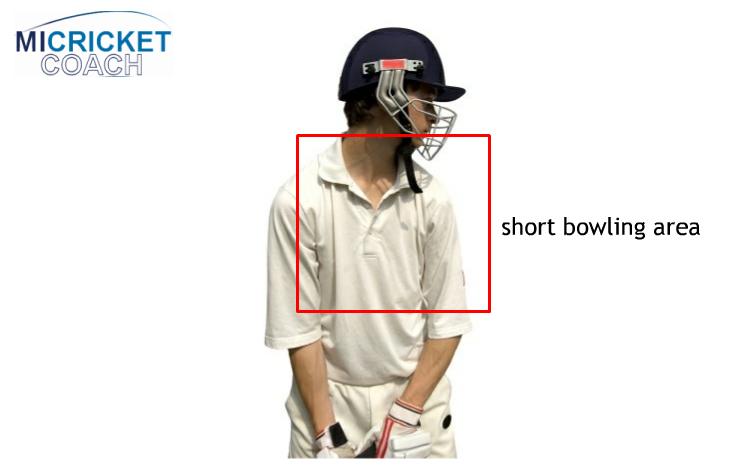Classic bowling dismissals: Fast bowling
This article is part of the 'Classic bowling dismissals' series. To go to the start, click here.
You don't have to be above 90mph (145kph) to be fast. You just need to be quick enough to hurry the batsman.
Even by this definition, at club level the really fast bowlers are still a rare sight. Pitches tend to be slower and coaches still persist in telling players to 'slow down and go for accuracy' when we all know what a mistake that is.
But if you do get the right conditions, what are the best ways for the quickie to get wickets?
Fear is a powerful weapon. We all want to avoid pain. The batsman in fear plays differently from one who is confident. This means using short bowling to remind the batsman he should be scared of getting hit. No batsman is ever fully comfortable against this kind of bowling.
The ideal short ball is hard to play with the bat but no so short it passes harmlessly. This means it needs to rise quickly up to chest or neck height. At this height it's hard for the batsman to decide whether to defend, hook, duck or sway. The length that this happens will vary depending on your pace and the pace of the pitch.
This indecision could lead to a mistimed hook to deep midwicket, a glove to short leg or an outside edge to the slips. Here is the area to aim at:
The problem with this method of attack is that, even on fast wickets, the batsmen can get used to the length. The longer they survive, the easier they find it to play shorter bowling. The batter will be half playing back before the ball is bowled and so can get into position more quickly.
To counter this, mix short balls with pitched up bowling. Full length balls bring in bowled and LBW chances, especially if the batsman is 'sitting' on the back foot expecting a short ball. A series of short balls followed by a yorker also works.
The rise of professional Twenty20 cricket has shown how useful a weapon the slower ball can be. It certainly shouldn't be limited to short format games as it can take a wicket in almost any situation.
A sudden change of pace can put of the most well-set of batsmen. Bowl it so it hits stumps and watch the fun as the ball is mishit to the in-field or missed altogether.
It works best if you disguise it by bowling with no change of action. There are many ways to do this, all excellently described in Ian Pont's Fast Bowler's Bible book. Pick up a copy to find out more.
You can also, of course, use the classic bowling dismissals of swing and seam bowlers listed here. The ball moving at pace is even more difficult to play.
- Login to post comments


